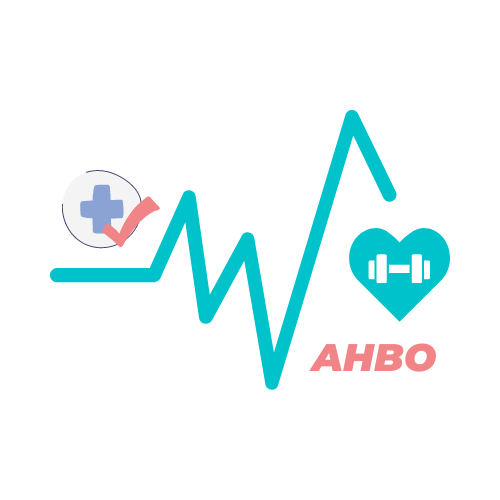What Protein-Energy Malnutrition is, Signs & Symptoms of Protein-Energy Malnutrition, and How to Treat it
What is Protein-Energy Malnutrition?
Protein-energy malnutrition is a condition in which the body does not get enough nutrients from food. It can affect people of all ages and genders, but it is most common among children under five years old.
Protein-energy malnutrition occurs when a person doesn’t get enough protein, energy, or both from their diet to meet their body’s needs. These deficiencies can cause health problems such as stunted growth, delayed development, and poor cognitive function.
Protein-energy malnutrition can be caused by a lack of food or by poor food quality and distribution. It can also occur when people are living in poverty and are unable to afford good nutrition or access to health care.
PEM is associated with significant physical and mental health consequences. The most common symptoms include weight loss, anemia, bone thinning, muscle wasting, fatigue, and weakness.
PEM occurs when the body lacks the proteins or calories necessary for its normal functioning. This can lead to a number of health consequences that range from mild to severe.
Signs & Symptoms of PEM
PEM is a rare condition that affects the brain, spinal cord, and heart. It can cause symptoms such as;
– tingling,
-numbness,
– pain,
– paralysis.
– Seizures
– Feeling like your head will explode or your vision will change color/flashing lights/seeing spots/seeing stars
– Headaches with no apparent cause
– Loss of consciousness
The signs and symptoms of PEM vary depending on which part of the body is affected by it.
Treating PEM
PEM is diagnosed when the person experiences these symptoms during or after exercise. There are currently no treatments for PEM.
Treatment Options for PEM: The treatment options for this condition are not very promising because there is no cure or remedy for it yet. The only treatment option is to monitor the patient and make sure that they don’t develop any complications from the condition.
How to Prevent or Reduce the Risk of Developing PEM
PEM is a common health condition that causes people to feel faint or dizzy. It is also known as vasovagal syncope. This can be caused by a variety of things, such as stress, anxiety, and hormonal changes.
There are certain steps that you can take to prevent PEM from happening in the first place or reduce the risk of developing it further. These tips will help you stay safe and healthy.
Some of these prevention tips are:
– Maintain a healthy lifestyle
– Reduce your stress levels
– Breathe deeply before fainting
Protein-Energy Malnourishment in Children and Infants
Protein-energy malnutrition is a condition in which there is not enough protein, energy, or both in the diet. It is mainly caused by poor nutrition and can lead to stunted growth, impaired immunity, and anemia.
Protein-energy malnutrition (PEM) affects about one billion people around the world and kills more people than all other causes of death combined.
There are many ways that AI can be used to help solve this problem. One way is by creating content that educates parents on how to prevent PEM in their children. Another way is by taking note of signs and symptoms of PEM in babies and children so they can get treatment as soon as possible.
Protein Energy Nutritional Status in Adults and Older People
Protein-energy nutritional status is a measure of the amount of protein, carbohydrates, and fat in a person’s diet. It is also known as the Protein-to-Calorie Ratio (PCR).
Protein-energy nutritional status is a measure of the amount of protein, carbohydrates, and fat in a person’s diet. It is also known as the body mass index (BMI).
Protein-energy nutritional status can be used to identify people who are at risk of malnutrition. It can also be used to monitor changes in diet and physical activity that may improve health outcomes.
The prevalence of obesity and malnutrition has increased over the years and this has led to an increase in demand for protein-energy nutritional status tests.
Protein-energy nutritional status is an important indicator of health. It can be used to identify whether a person needs to change their diet or exercise more. The recommended protein intake for adults is around 50 grams per day.
Protein-energy nutritional status can also be used to assess how healthy older people are and whether they are at risk of malnutrition.
A Self Assessment Tool for the Early Detection of PEM or the Rulen allows doctors and medical personnel to detect early signs of the disease.
The Rulen is a tool that allows doctors and medical personnel to detect early signs of PEM. It is a self-assessment tool that helps detect the occurrence of PEM and provides guidance on what to do.
Early detection of PEM could be life-saving for patients who are at risk. The Rulen is a life-saving tool, which can help reduce the death rate from PEM by 20%.
PEM stands for Pulmonary Embolism and it’s one of the most common causes of death in patients with deep vein thrombosis or pulmonary embolism, which are blood clots that break free from veins and travel to the lungs.
what Wikipedia says about PEM
Surprising Health Benefits of Almonds for Skin, Weight Loss, and 7 Reasons to a to Diet













